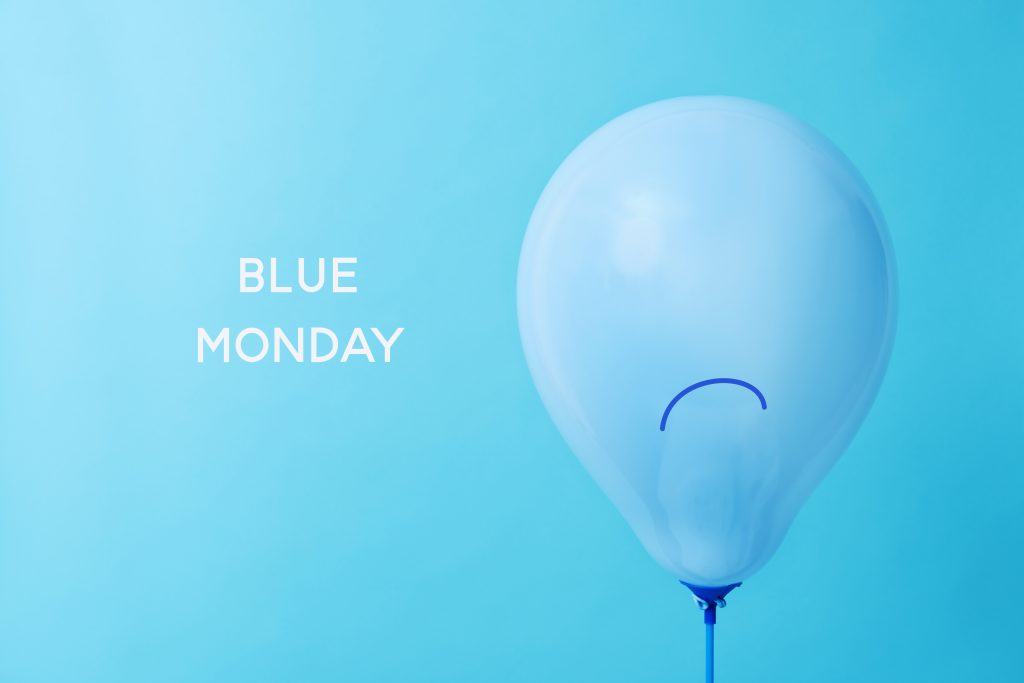Blog
Overcoming Blue Mondays and Other Mental Health Myths
January 20 was Blue Monday, supposedly the most depressing day of the year. The weather is cold, the holidays are over, New Year’s resolutions are being broken, and the next major holiday is months away.
Dig a little deeper, however, and you’ll find that Blue Monday is a myth invented by a travel company. The “scientific formula” which determined our most depressing day was nothing more than a marketing gimmick. It allowed the company to tell consumers, “You’re bound to be depressed now; why not book a vacation?”
Of course, Blue Monday is not the only mental health myth that still persists, including in our workplaces. Here are a few of the more common ones, courtesy of the Canadian Mental Health Association:
- Mental illness is rare and probably won’t affect you: In fact, research has estimated that as many as one in five Canadians will experience a mental health problem in any given year, and about half of us will contend with one at some point in our lives. This means that not only are we quite likely to develop a mental health problem ourselves, but we are almost guaranteed to have a friend or loved one who does.
- People with mental illnesses are violent or dangerous: Those with mental illnesses are actually much more likely to be victims of violence than perpetrators.
- People with mental illnesses can’t work: With up to 20% of the population experiencing a mental illness at any given time, we wouldn’t have much of a workforce at all if this were true! Many people with mental illnesses manage their conditions well enough to be able to work without any assistance; many more can do productive work with accommodation from their employers.
As employment lawyers, we would add another myth to the list: that addressing workplace mental health is merely an exercise in legal compliance. While effectively managing these issues will indeed reduce an employer’s legal liability, it has significant financial benefits as well: reducing short-term and long-term disability benefits claims (mental health accounts for approximately 70% of claims costs), reducing absenteeism and “presenteeism”, and increasing productivity.
What can an employer do? We provided some suggestions almost a year ago in this blog post which are still valid. One of the suggestions, to implement the National Standard for Psychological Health and Safety in the Workplace, deserves emphasis. This voluntary standard will help you create systems that address workplace mental health proactively, which tends to be far more cost-effective than responding reactively. Indeed, new research by Ipsos Reid shows that even among employees who have experienced depression, they will miss 5 fewer work days per year, on average, if they work for an organization which has implemented the standard. That can add up to a significant reduction in the costs of lost productivity.
It’s no gimmick: by proactively addressing workplace mental health, both your employees and your bottom line are likely to have fewer Blue Mondays, not only on January 20 but all year long.



